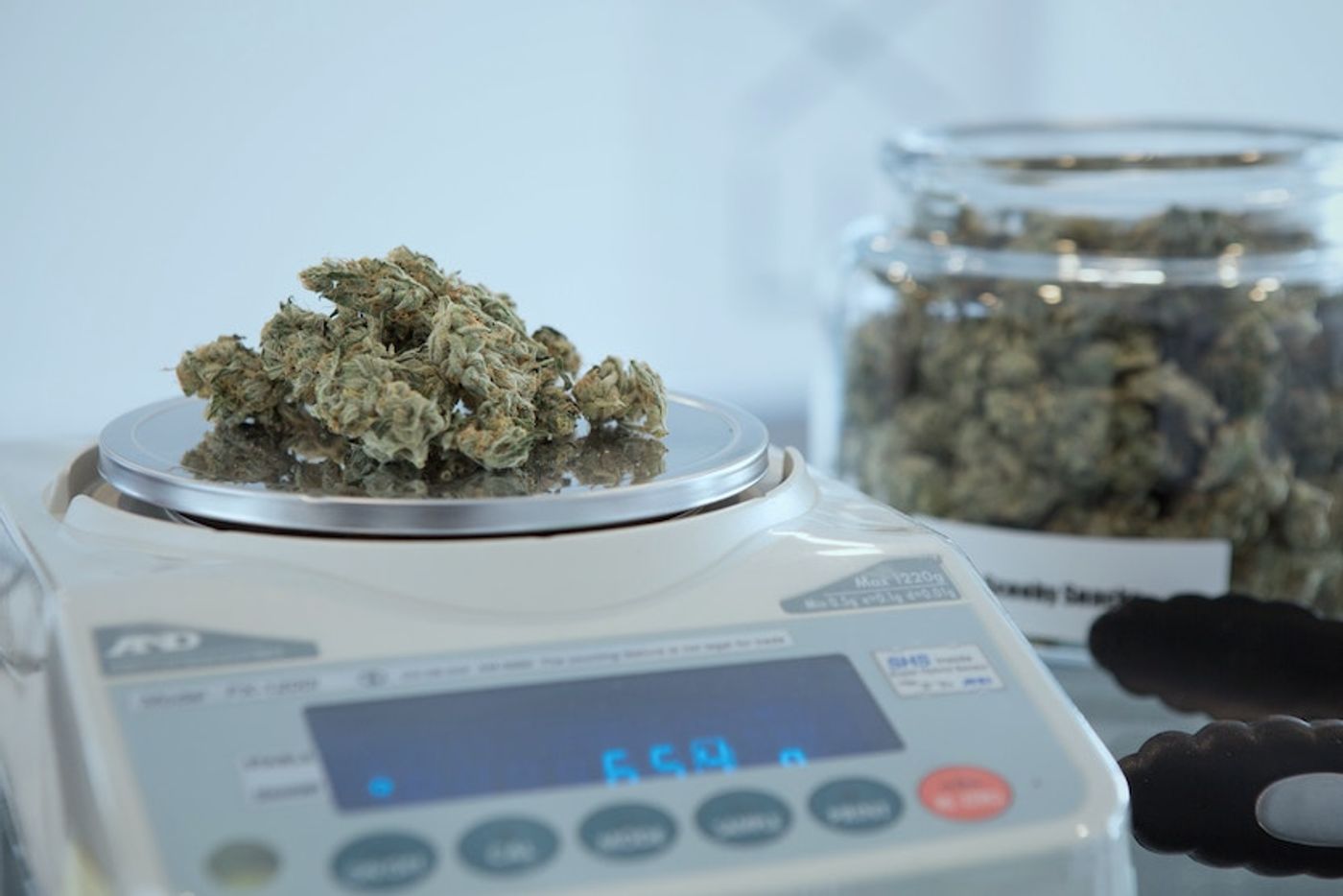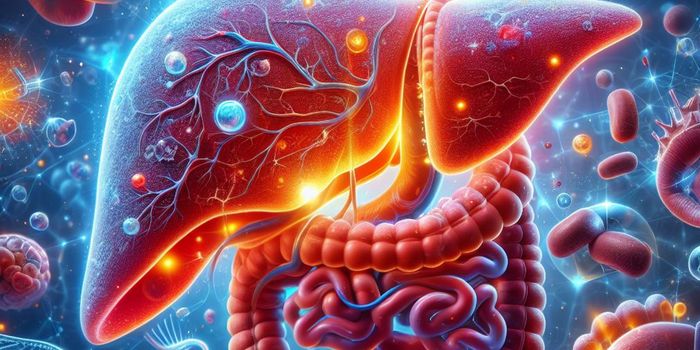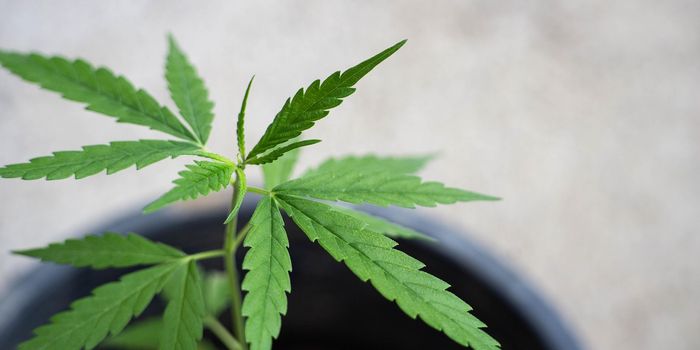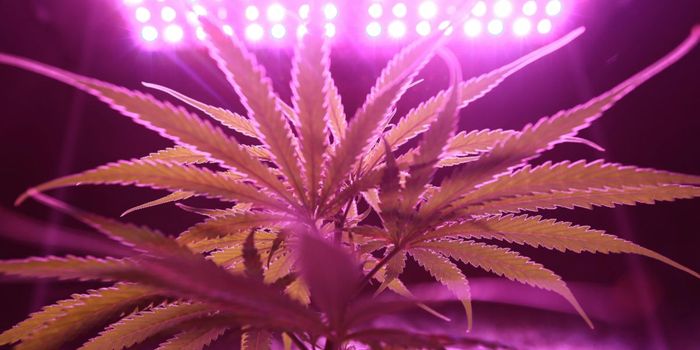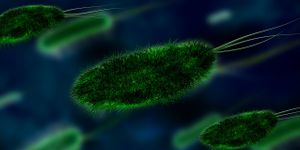There are many currently many uses of medical marijuana. Glaucoma, chronic pain, irritable bowel syndrome, anxiety disorders, fibromyalgia, and even some form of cancers are just a sample of a few ailments treated with medical marijuana. But have you ever wondered just why this plant seems to serve as a wonder drug, or magic bullet, for so many illnesses? Well, some scientists postulate a hypothesis to answer this question. It suggests that many people suffer from "clinical endocannabinoid deficiency" (CED). Our own endocannabinoid system (ECS) is somehow deficient, and this is why medical marijuana helps treat so many disorders.
Source: pixabay.com
According to a 2004 paper that explains the basic concept of CED sums up the functions of the ECS succinctly as a homeostasis system involved in the functions "relax, eat, sleep, forget, and protect". Essentially, keep the body's physical and emotional state stable. Also, our ECS is heavily involved in neurodevelopment, neuroplasticity, immunity, and almost every aspect of our physiology. It is so involved that any perturbations in its function could contribute to several disease states. And that is the basis for the CED theory.
The theory of CED was introduced by Dr. Ethan Russo in 2003. He bases its tenents on the finding that many disorders are due to deficiencies in neurotransmitter systems. For example, the current theory of depression at the time was that it was caused by a deficiency in serotonin levels. Dr. Russo hypothesized that deficiencies in the ECS could be behind many disorders and that up-regulating (i.e. increasing activity) the ECS through cannabinoid agonists could resolve many health problems.
For example, the origin of many diseases could be explained using the CED theory. According to Dr. Russo, "If endocannabinoid function were decreased, it follows that a lowered pain threshold would be operative, along with derangements of digestion, mood, and sleep among the almost universal physiological systems subserved by the endocannabinoid system (ECS)". So, what are the clinical applications of the CED model?
Source: UnSplash.com
Scientists have mounted more evidence since Russo's first proposal to support the idea that, by up-regulating the ECS, several diseases could be treated. Furthermore, more "protective" features of the ECS has been discovered, and this further supports the CED model. A decrease in ECS functioning could mean a loss or deficit in our ECS to protect us from severe and chronic pain, inflammation, and metabolic syndrome-related diseases.
In terms of phytocannabinoids and CED, cannabis and its constituent molecules (such as THC and CBD) are thought to "kick start" the ECS. Acute administration of THC increases the production and the sensitivity of CB1 receptors to endocannabinoids. Furthermore, acute use increases the production of the endocannabinoid anandamide. Does this give cannabis the green light to become a viable treatment? Well, not quite. Chronic use of THC causes desensitization and downregulation of CB1 and CB2 receptors, exactly the opposite of what the CED theory implies. So if clinicians are considering prescribing medical marijuana, then they need to be mindful of the dose and frequency of administration.
The video below sums up how our ECS and potential CED could be behind various illnesses.
Video Source: YouTube.com
Sources: Neuro Endocrinology Letters, Cannabis and Cannabinoid Research, PlosOne, Biochimica et Biophysica Acta, Current Clinical Pharmacology

